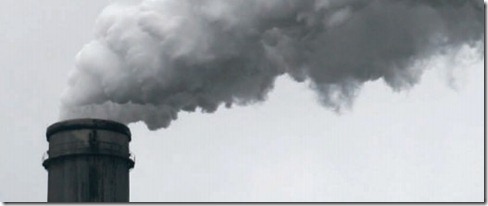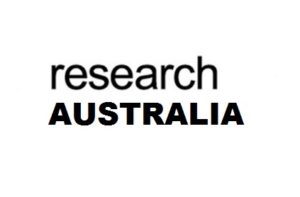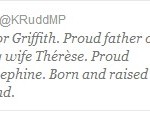While carbon price and carbon tax is all over the news, many people actually dont know what its all about specifically. Below is a guide and FAQ to get your facts and info on the carbon price in Australia and its effect on the common man as well as business
What is the carbon price or carbon tax ?
The carbon price is not a tax on Australians, but a tax levied on 260 companies and 34 councils. You might ask why councils ?, because councils deal will landfills and waste which adds to pollution they will have some carbon price to pay.
Who is exempt from the carbon price (tax) ?
Agriculture – carbon price will not apply for agricultural emissions
Family car – Emissions from the family car and light on road vehicles
How ill the carbon price effect the common man ?
Some of the costs borne but the top companies having to pay the carbon tax will be passed onto consumers which will most likely be in Electricity , GAS and FOOD
According to modelling done by CSIRO _ AECOM on likely increase in prices due to this
Electricity bills could increase by $2.80 aweek
Gas By 0.40 cent a week
Food by $1.20 a week
Compensation for the Utilities price rises to common man
$15 billion will be allocated to low and middle income households in the form of tax cuts and increased government payments.
Household assistance – Average assistance of $10.10 a week, and means 6 million households will be either no worse off or slightly better off.
From 1 July, the tax free threshold has been raised from $6000 to $18,200, which will mean a million people no longer having to fill out a tax return.
It will be raised again by $1200 to $19,400 in 2015-16.
1.7% rise for pensioners and recipients of the Family Tax Benefit, delivered as advance payments in May and June.
Business and carbon tax
Very few employers are said to be directly affected by the carbon tax, with only 500 large businesses said to be affected directly.
The government has allocated $9 billion to the industries that will be hit hard and who employ a lot of people in Australia . These companies will be assisted due to keep them competitive with their international competitors during this adjustment period. Its mainly Heavy industries like , Steel, aluminium, and cement manufacturing .
Where does the carbon tax received go ?
While the government is collecting this tax to develop clean energy, a significant part of this money received will be used to cerate new Clean energy technologies and create new jobs in this sector
This includes the
$10 billion Clean energy Finance corporation
$1.2 billion Clean technology program
Carbon tax , GST and tax return ?
The carbon tax has nothing to do with individuals and will not appear on you tax return or in a bill that you receive from a retail shop ( shopping bill). It is only a tax on large 500 companies
There will be some initial price rises to utilities, food and some other goods as companies pass on the costs of the carbon price to consumers.
The Australian Competition and Consumer Commission (ACCC) will be monitoring price rises during this period . Any unfair price rises can be reported on their hotline number is 1300 303 609.
Calculator the impact of the carbon price on my family / household?
There is an easy online tool to calcuate the impact carbon price on your family. The carbon price tool is based on independent analysis undertaken by CSIRO and AECOM, based on research commissioned by The Climate Institute, Go to http://www.yourcarbonprice.com.au/
Which companies and industries pay the carbon tax ?
Companies and councils individually generating more than 25,000 tonnes of carbon dioxide a year will be required to pay for their emissions under the carbon pricing mechanism.
Companies that directly emit greenhouse gases, such as power stations, mines and heavy industry, and some public authorities (councils)responsible for emissions from landfill
Why carbon tax in Australia ?
Before the introduction of the price on carbon or carbon tax , big companies could pollute as much as they liked for free. But the carbon price puts an economic and dollar value on pollution and treats it as a cost of doing business.
It works this way by requiring large companies that pollute to buy a permit valued at $23 for every tonne of carbon pollution they emit into Australia. The more emissions, the higher the financial cost for the polluter. This will help us not get to a stage like other countries like China and India who are facing major pollution problems and need to invest billion of dollars in trying to solve this problem.
Info Links:







Leave a Reply
You must be logged in to post a comment.